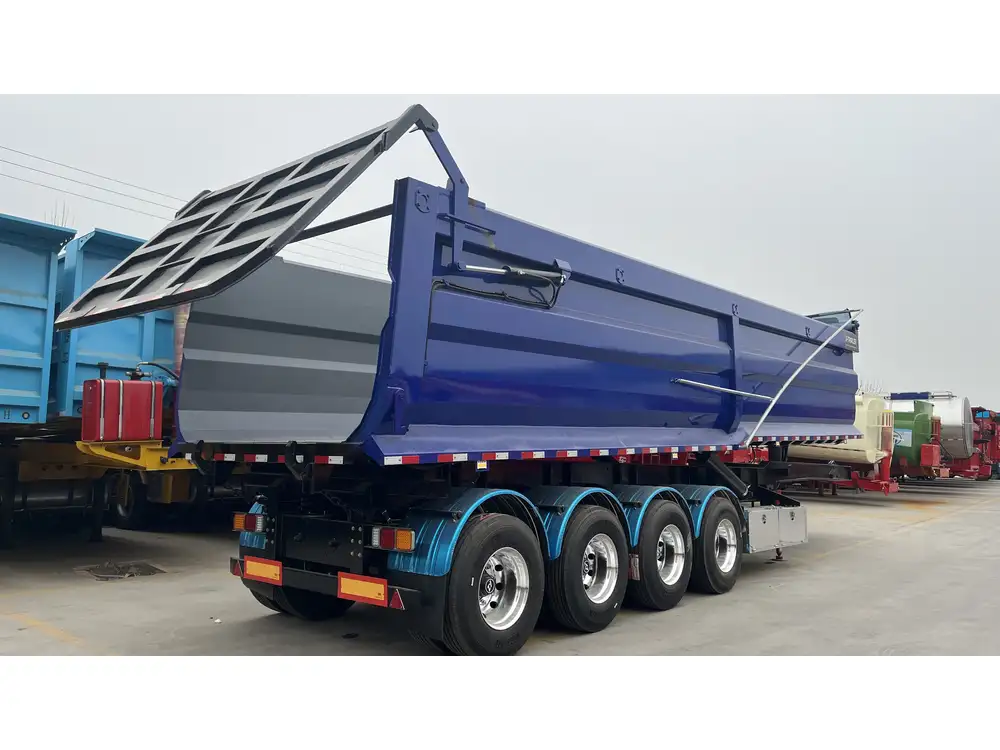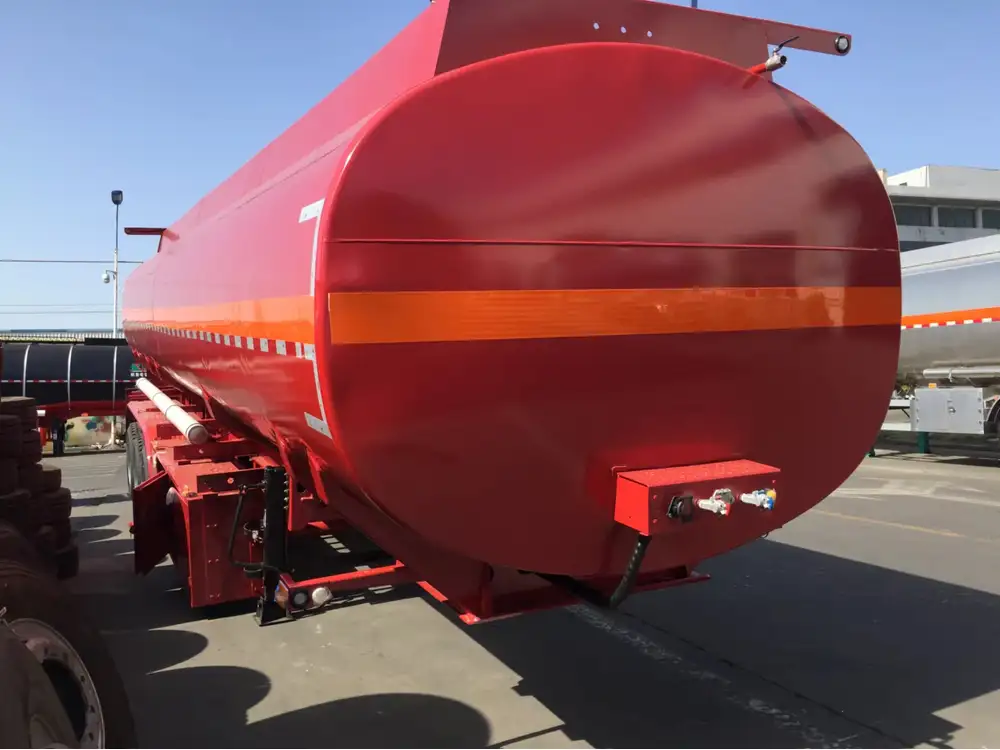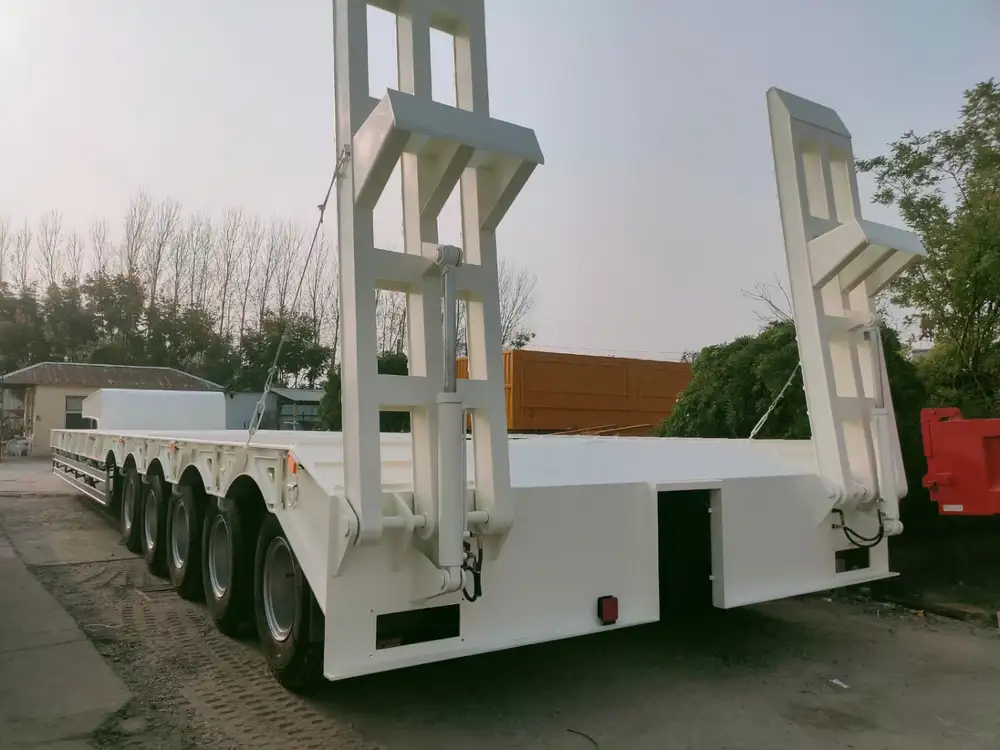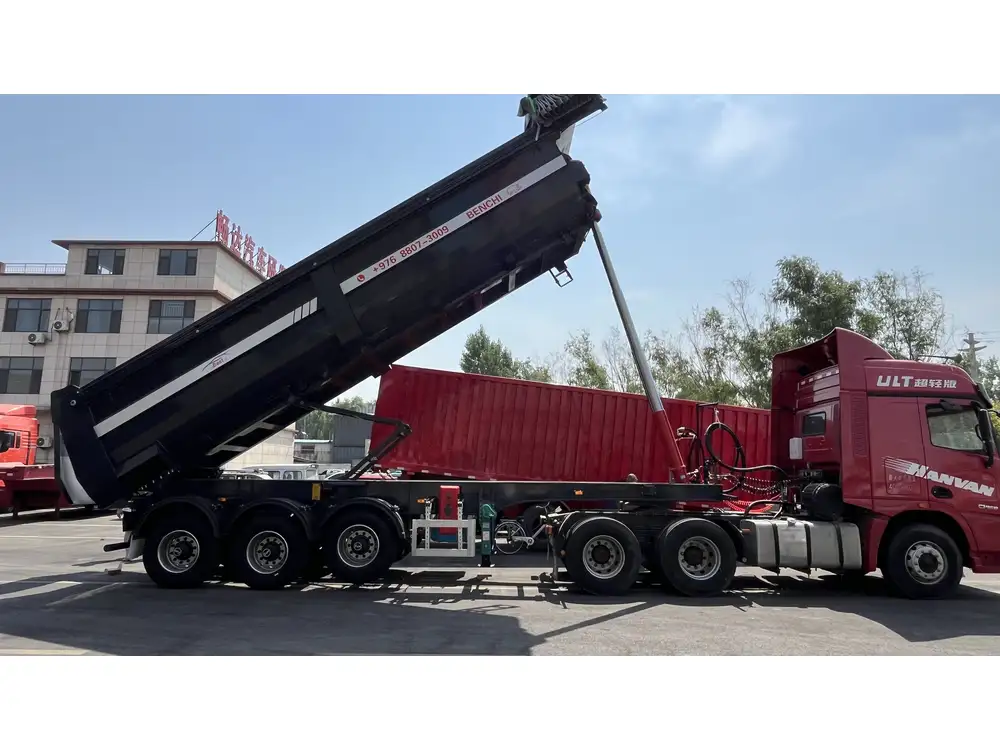In today’s evolving landscape of transportation and logistics, the versatility of shipping containers has fueled a burgeoning trend: converting these robust metal boxes into functional trailers. Whether you are a business seeking innovative solutions in freight transport or an individual looking to create a customized mobile storage unit or workspace, knowing how to transform a shipping container into a trailer requires meticulous planning, precision, and an understanding of both legal regulations and practical engineering. In this guide, we will explore the step-by-step process, necessary tools and materials, and key considerations to facilitate this transformation, ensuring you achieve a successful result.
Understanding the Basics of Shipping Containers
Before diving into the conversion process, it is crucial to understand what shipping containers are and the different types available.
Types of Shipping Containers
| Type | Description |
|---|---|
| Standard Container | 20 or 40 feet long; ideal for general cargo. |
| High Cube Container | Taller than standard; offers extra vertical space. |
| Open Top Container | Equipped with a removable tarp; useful for tall cargo. |
| Flat Rack Container | Platform with no sides; designed for heavy loads. |
| Refrigerated Container | Climate-controlled; perfect for perishable goods. |

Legal Considerations and Regulations
Before embarking on your conversion project, it is imperative to be aware of any legal regulations concerning the use of trailers in your area. This may involve:
- Checking zoning laws related to trailer usage.
- Understanding requirements for licensing and registration with local vehicle regulatory bodies.
- Ensuring your conversion complies with safety standards set by transportation authorities.
Tools and Materials Needed for the Conversion
To convert a shipping container into a trailer, you will need a variety of tools and materials. Below is a comprehensive list to guide you:
Tools Needed
| Tool | Purpose |
|---|---|
| Angle Grinder | For cutting and shaping metal. |
| Welder | To join metal components securely. |
| Socket Set | For assembling and disassembling components. |
| Drill | For making holes for bolts or fixtures. |
| Level | To ensure everything is aligned correctly. |
| Tape Measure | For accurate measurements during construction. |
| Safety Equipment | Goggles, gloves, and steel-toed boots. |

Materials Required
| Material | Purpose |
|---|---|
| Shipping Container | The primary structure. |
| Trailer Axles | Necessary for the mobility of the trailer. |
| Wheels | To support and facilitate movement. |
| Coupler | To connect the trailer to a towing vehicle. |
| Steel Beams | For structural reinforcement. |
| Paint and Sealant | To protect against rust and elements. |
Detailed Steps to Convert a Shipping Container into a Trailer
Step 1: Select Your Container
Choose the appropriate shipping container based on your intended use. The dimensions and type will dictate the overall design of your trailer. High cube containers offer additional vertical space, but standard models are often sufficient for most applications.

Step 2: Prepare Your Container
Begin by cleaning the shipping container. Remove any shipping labels and interior materials. A thorough cleaning ensures that all welding and cutting can occur without debris interference.
Step 3: Design the Trailer
Create a design blueprint that outlines the expected dimensions and layout of your trailer. This should include positions for wheels, axles, and the coupling system. The design can vary widely based on you’re intended usage—perhaps for heavy loading or frequent transport.
Step 4: Cutting and Modifying the Container
Using an angle grinder, cut out the necessary sections of the container to accommodate the trailer components. Ensure you follow these considerations:
- Cut with precision to maintain the structural integrity of the remainder of the container.
- Form openings for the wheels and axles while retaining enough material to support their weight.

Step 5: Reinforcing the Structure
It is essential to reinforce the container’s structure. This can often be overlooked but is crucial for safety and durability. Use steel beams to create a framework underneath the container.
Step 6: Install Trailer Axles
Install the trailer axles, ensuring they are correctly aligned and secure. The axles may need to be custom-fitted based on the width of your container. Use a drill to create holes for bolting through the axle mounts.
Step 7: Attach Wheels
Attach your chosen wheels to the axles. Ensure that the wheels are rated for the intended load capacity. Once installed, make sure to check that they spin freely and are properly secured.

Step 8: Install Coupler and Hitch
Choose an appropriate coupler that fits your towing vehicle. The coupler should be welded securely to the front of the container. This is a critical attachment point; any slack or instability here can lead to accidents.
Step 9: Painting and Sealing
Protect your newly formed trailer from the elements by applying paint and sealant. Use rust-inhibiting paint to ensure the longevity of your container against weather conditions. Pay special attention to seams and joints, which are prone to corrosion.
Step 10: Safety and Compliance Checks
Make sure to conduct a thorough safety check. This includes the integrity of your welds, testing the brakes if applicable, and ensuring all components are secure. It is also advisable to have your trailer inspected by a certified professional to comply with local transportation regulations.

Practical Uses of Your New Shipping Container Trailer
Transforming a shipping container into a trailer can serve various practical applications, such as:
Mobile Storage Solutions: A trailer can provide convenient transport for tools, equipment, or even living spaces.
Event Hosting: Use your trailer as portable storage for event equipment or convert it into a pop-up shop.
Freight Transport: Create a mobile unit suitable for transporting goods efficiently over short distances.
Customized Workspaces: Tailor the interior to function as a mobile office, workshop, or studio.
Recreational Uses: Personalize the trailer for camping or road trips, redefining which spaces you can explore.
Maintenance Tips for Your Shipping Container Trailer
After successfully converting your shipping container into a trailer, proper maintenance will ensure its reliability and safety for years. Here are some practical maintenance tips:
| Maintenance Task | Frequency |
|---|---|
| Inspect wheels and axles | Monthly |
| Check for rust | Every six months |
| Tighten bolts and joints | Every three months |
| Clean interior/exterior | Quarterly |
| Examine seals and paint | Annually |
Conclusion
Transforming a shipping container into a trailer represents a resourceful approach to improving transport capabilities, allowing for innovative applications across various fields. By following the comprehensive guide provided, you can navigate the complexities of this project while ensuring adherence to safety and legal standards. Investing time in proper planning, execution, and maintenance will yield a trailer that is not only functional but also reliable and efficient in meeting your transport needs. Whether for personal or professional use, the potential is vast, and the opportunities, limitless.
With attention to detail and a focus on quality craftsmanship, your shipping container trailer will stand as a testament to modern ingenuity in utility and design.



